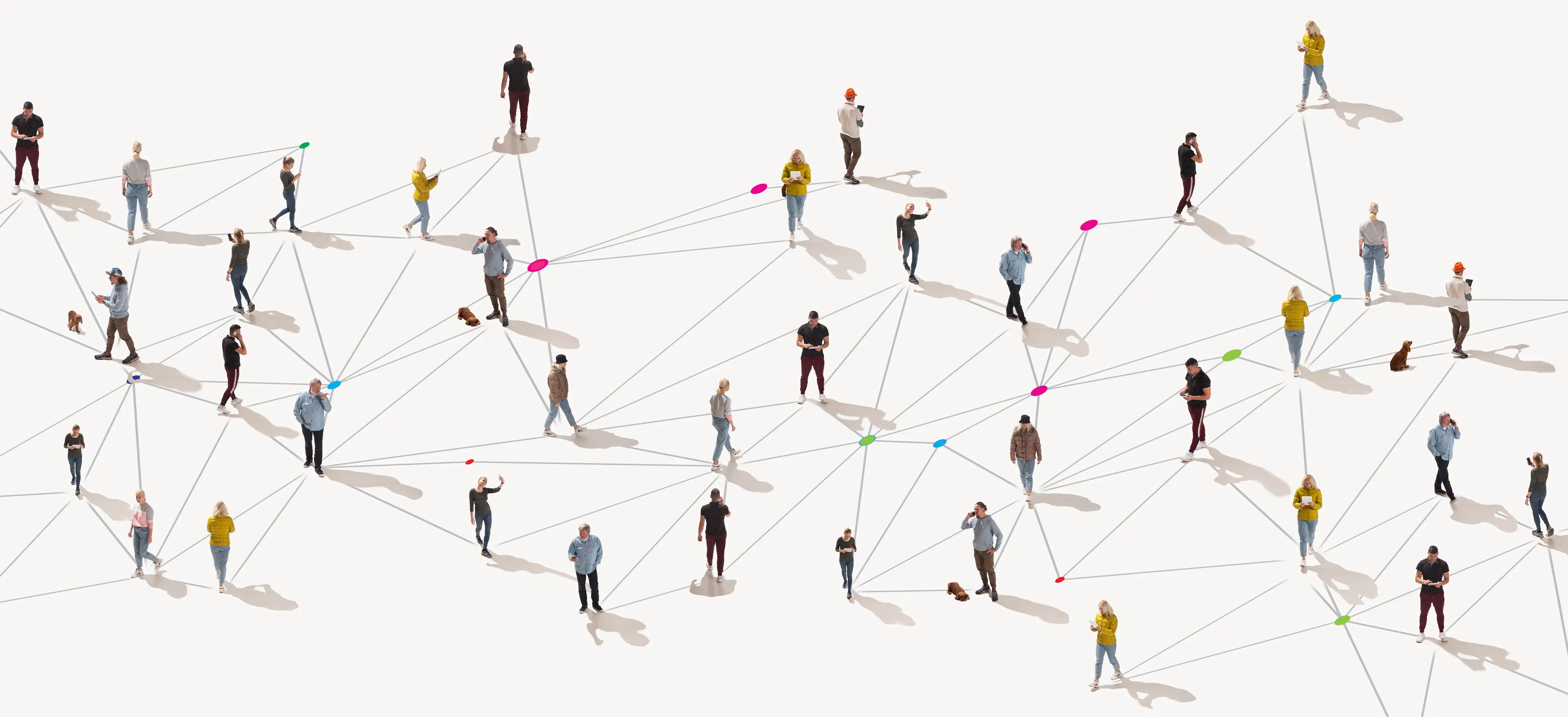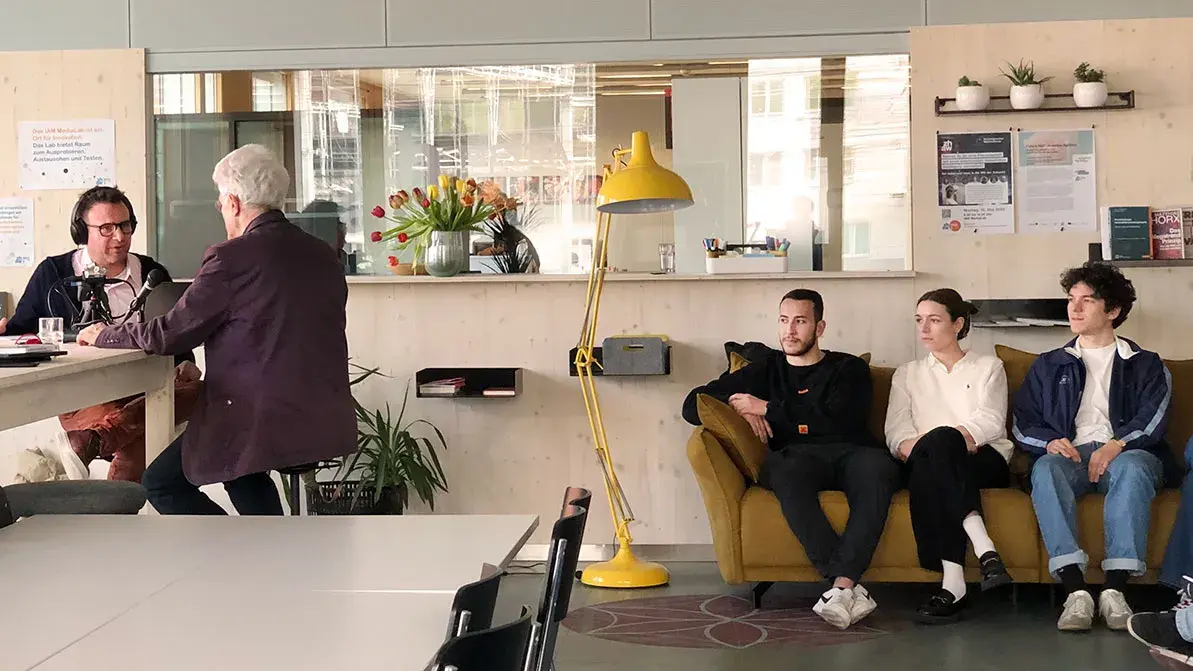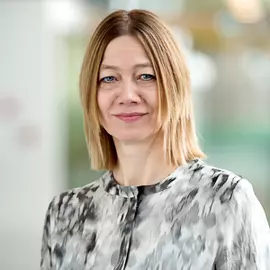Media Linguistics

In the Media Linguistics professorship, we conduct research on the interplay between language use and public communication conveyed through the media. We investigate how digital technologies affect verbal and visual communication and how language, images, visualisations and design can be used most effectively. This enables us to discover, for example, how social media are changing the way organisations communicate and opinions are shaped in society. We use and convey knowledge and methods for analysing and improving multimodal products and production and reception processes. This knowledge acts as a catalyst for advancing research because we are developing solutions to the communicative challenges brought on by the digital transformation. This knowledge also helps those in professional contexts and society to understand how mediated public communication affects our perception of social worlds and professional practices.
In focus
IAM MediaLab

The IAM MediaLab focuses on areas that will impact journalism and organisational communication in the coming years: future technologies, societal trends and new forms of training. The interdisciplinary network of the IAM MediaLab and the close cooperation with practitioners foster the integration of knowledge and expertise from different fields. As a result, the IAM MediaLab offers innovative services and conducts projects that transcend disciplinary boundaries.
Study: How to reach Swiss digital natives with news

The national study “How to reach Swiss digital natives with news” investigated the demands and expectations of young people in Switzerland regarding news as well as their news consumption. The results show that while young people are interested in news, they find little appeal in traditional news formats. In cooperation with the Università della Svizzera italiana (USI) in Lugano and the University of Lausanne, we have developed an audience model that systematises and contextualises the news consumption of young people. This model helps to implement the findings in practical settings. The study was funded by the Federal Office of Communications (OFCOM).
Study: To be liked or not to be liked – what makes a photo interesting?

The project “To be liked or not to be liked – what makes a photo interesting?”, which was funded by ZHAW digital, explores the question of which images are viewed, liked and shared on social media and sharing platforms – and why. The aim is to better understand which aesthetic and semantic qualities make images interesting and attractive. Both visual semiotics and machine learning are used to analyse the data. The project’s findings will help to optimise digital communication strategies for social media channels.
Research-based teaching
The findings from our projects are integrated directly into the modules in the BA in Communication, the MA in Applied Linguistics – in particular the Specialisation in Organisational Communication – and in the MAS Master of Advanced Studies in Management and Leadership. Students regularly participate in our research projects.



